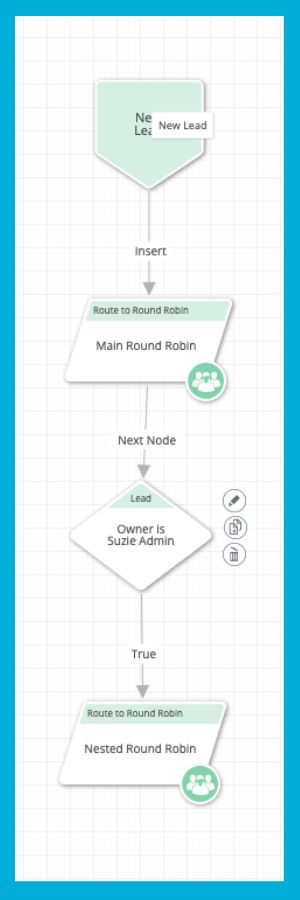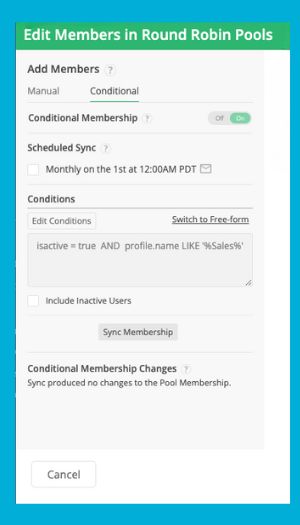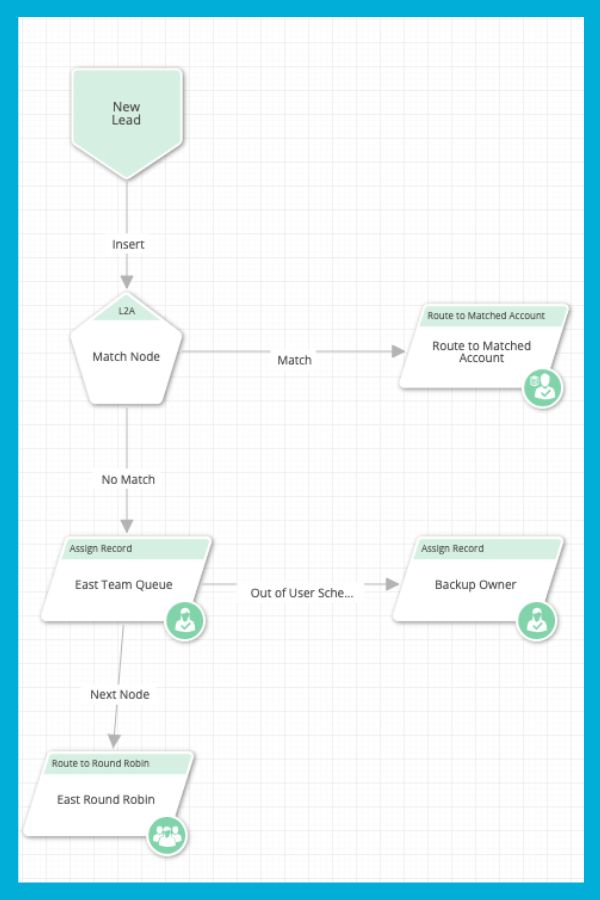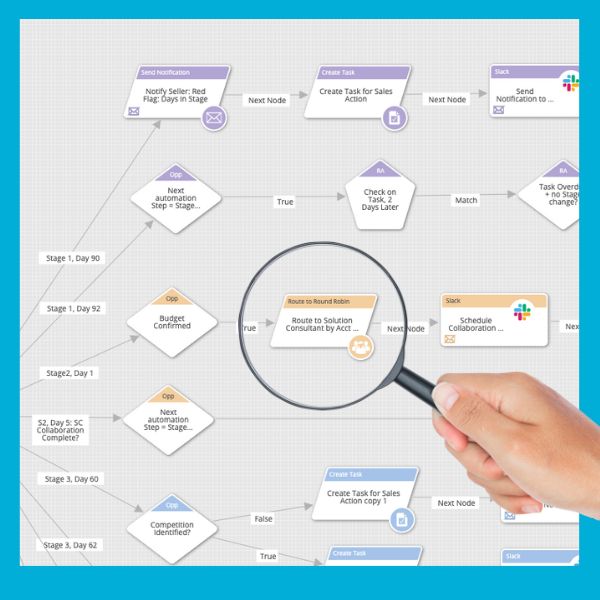It’s a lead distribution lesson most of us learn early in life…
When your sister ate the last bowl of Lucky Charms,
or your friend got the new Air Jordans,
or your neighbors took another vacation to Europe,
while you sat home hungry, wearing beat up hand-me-down sneakers.
But in the workplace, fairness is always 100% required — especially when dealing with Sales teams and lead distribution. Building an equitable lead distribution strategy where every sales rep gets equal at-bats is fundamental to a well-balanced GTM function.
The challenge is, lead distribution is a moving target. Territories change. Deal sizes change. Your company’s products change. Sales team members are promoted, take time off, change verticals, and well, quit.
So if you automate your way around lead distribution chaos, your RevOps team will experience the time-saving efficiency they’ve always wanted.
Here are four lead distribution tactics you probably didn’t know you could do in LeanData:

#1 Create Nested Round Robin Pools

LeanData allows companies to set up multiple robust, round robin pools to support complex routing rules for leads, contacts, accounts and opportunities. Routing insights also help you see the actual round robin assignments by rep so you can better control your pools.
Sometimes you may want to add a nested pool within a round robin pool. A lot of LeanData users add nested pools to support more complex lead distribution. This sub-pool becomes a member of the main pool, creating a way to more easily manage lead distribution. This is done by creating a round robin pool that includes a placeholder user.
Let’s use lead distribution in expanded territories as an example:
When new leads come in, they go straight to the main round robin pool. A true/false decision node determines if the lead falls within a new expanded territory and should then be assigned to the placeholder user. If true, the lead proceeds to the nested pool. If false, the owner of the lead will be assigned in the main pool.
Voila. You’ve expanded your round robin capabilities. And, you’ve saved yourself the headache of creating more lead assignment rules in Salesforce.
#2 Update Round Robin Pools with Conditional Membership

Keeping Round Robin pools up to date does not have to rely on a manual process. If there are specific criteria that dictate which users should be added to a pool (like role, location, etc), a LeanData feature known as Conditional Membership helps automate this process.
When the Conditional Membership toggle is turned on, you can create conditions under which users are added or removed to round robin pools automatically. Plus, you’ll still have the option to add members manually, even if they don’t meet your conditions.
Typical conditions include:
- Add active users only
- Add users with Sales in their profile
Here’s a practical scenario: If a sales employee is deactivated in Salesforce and you have configured Conditional Membership in LeanData, that employee will automatically be removed from round robin pools. Conditional Membership removes unnecessary manual work from your sales operation processes.
#3 Assign Alternate Working Hours Within Round Robin Queues

Typically, members of your round robin pools are assigned working hours that determine when employees are available to accept leads. However, there may be situations where you need to assign a set of working hours to an entire round robin pool while still respecting the individual employees’ schedules.
And you can do that easily in your LeanData graph.
This lead distribution tactic is executed by first creating a queue in Salesforce for lead records. Then, in LeanData, the queue can be assigned a set of working hours for a particular round robin pool, regardless of the individual employees’ schedules.
When a new lead enters the flow, an Assign Owner node checks the queue and determines if it’s within working hours. If yes, the lead will continue on to the appropriate round robin pool. If no, the lead follows an alternate path and get assigned to a backup owner.
With flexible automation, lead distribution does not have to stop when certain employees are not available.
#4 Round Robin Solution Consultants to New Opportunities
Round robin pools are not only great for Sales teams, but other internal teams as well. The LeanData RevOps team uses the round robin function to assign Solution Consultants to new Opportunities in Salesforce.

When an Opportunity is created or updated, the LeanData platform will round robin a Solutions Consultant (SC), if needed, to the Opportunity based on Account Type, Account Segment, and Opportunity Type.
The LeanData routing flow then updates a custom SC field, and automatically sends the SC a Slack alert letting them know they have been assigned to a new Opportunity. The alert includes contextual information such as:
- When is the first call scheduled?
- What are the qualification notes from the SDR?
The LeanData platform can assign users to any custom field on an Opportunity based on any data from any related record Account, Contact, Activity, another Opportunity at that Account, Quote, etc.
If you’ve already automated your lead, contact, or opportunity distribution to Sales team members, why not include other important stakeholders like SCs?

Lead Distribution Automation Saves Time
Lead distribution does not have to be an unreliable, unscalable, and unsustainable process paper-clipped together by brittle code and monitored hourly by an overworked Ops professional who’s afraid to take a vacation (you know who you are).
Any lead distribution software should not only save time, but be flexible enough to accommodate many different scenarios as your company pivots. And, when circumstances require changes, it should never take weeks of meetings between IT, RevOps, Sales Ops, or Marketing Ops to troubleshoot lead assignment rules.
It should just work.
Here’s what a few G2 reviewers have said about LeanData:
“LeanData helped us streamline routing and matching so we can focus on selling instead of monitoring lead distribution.” – Trent B.
“I recommend LeanData for any company that is doing criteria based distribution – this simplifies the whole process and gives a lot more options than the out-of-the-box Lead Router from Salesforce.” – Stacy O.
Another comment we hear a lot is: “The possibilities are endless!”










